Flowers add beauty and fragrance to any home, but not all of them are safe for pets. Dogs and cats are curious explorers and often nibble on leaves, stems, or blooms, which can lead to unexpected health issues.
Certain popular flowers contain toxins that may cause mild symptoms such as drooling or vomiting, while others can trigger dangerous reactions like heart irregularities or even death.
Knowing the difference helps you make safer choices when planting indoors or outdoors. Below are 13 toxic flowers that every pet owner should know about.
By keeping them out of reach, you can enjoy their beauty without risking your pet’s health.
#1 Bird of Paradise
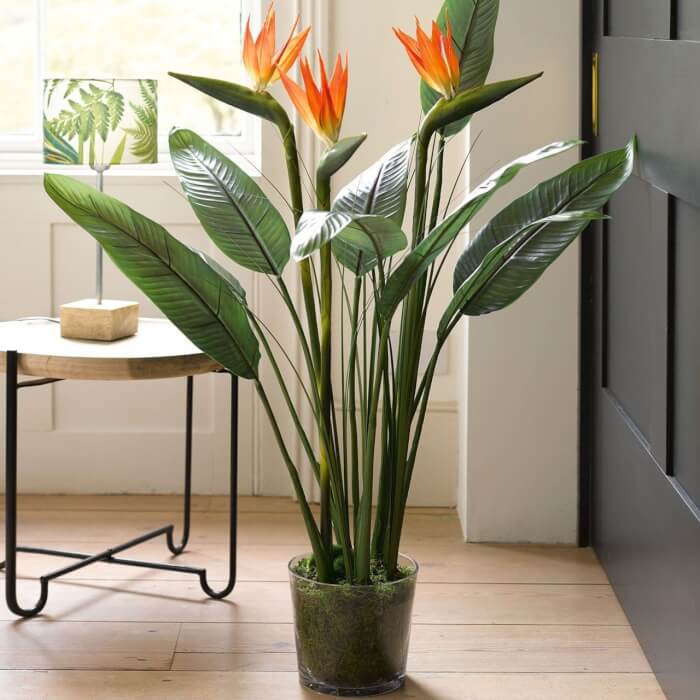
Bird of Paradise is a striking tropical plant, but it is unsafe for dogs and cats. The plant contains hydrogen cyanide, which can cause nausea, vomiting, and drowsiness if ingested.
In larger amounts, pets may struggle with breathing difficulties and loss of appetite. In rare cases, consumption can even be fatal.
If you love its unique look, keep the plant in a high spot where your pets cannot reach. Enjoy the vibrant blooms responsibly while protecting your furry companions.
#2 Cyclamen
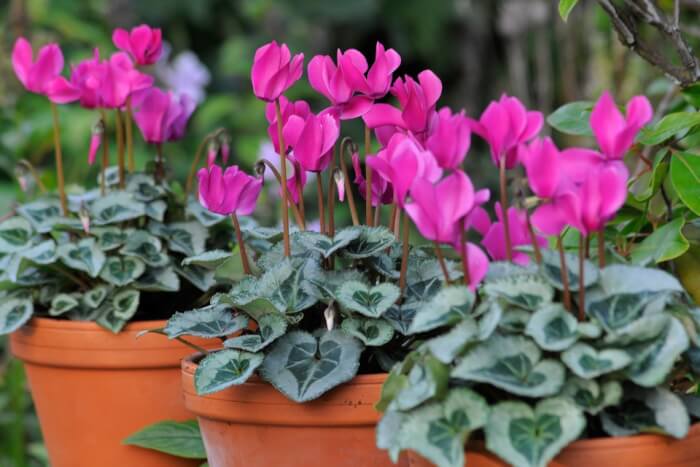
Cyclamen is prized for its colorful flowers, but it hides a dangerous side for pets. The roots, in particular, contain toxic saponins that can cause drooling, vomiting, and diarrhea.
If a pet eats a large amount, more serious symptoms like irregular heart rhythms and seizures may occur. Because cats and dogs often dig in soil, the tubers are especially risky.
It’s best to grow cyclamen in hanging baskets or tall planters. This way, you can still enjoy their charm without putting your pets at risk.
#3 Kalanchoe
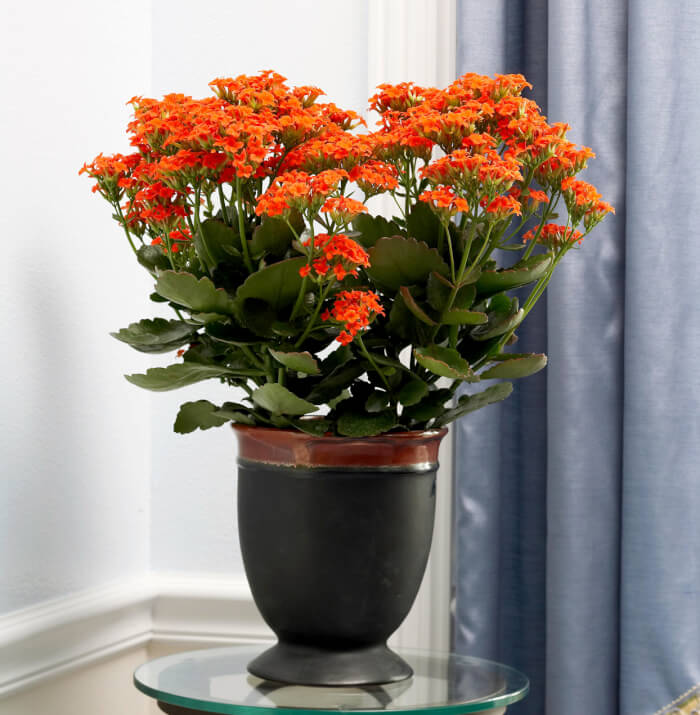
Kalanchoe, a member of the Crassulaceae family, is a popular flowering succulent that’s dangerous to cats and dogs. It contains toxins that affect the heart and may cause vomiting, diarrhea, and lethargy.
In severe cases, ingestion may lead to abnormal heart rhythms. Since kalanchoe is often grown indoors in decorative pots, curious pets are at risk of nibbling the leaves or flowers.
If you want to display kalanchoe, place it on high shelves away from your pets. Its vibrant blooms are best admired from a safe distance.
#4 Kafir Lily

Kafir Lily is admired for its orange blossoms but poses serious risks to pets. Eating any part of the plant can cause vomiting and diarrhea, while larger amounts may lead to tremors and low blood pressure.
Kidney failure is a particular danger for cats. Dogs may also experience convulsions or heart arrhythmias if they consume too much.
If you keep Kafir Lily indoors, make sure it is positioned in an area that pets cannot access. This plant’s beauty is best kept as a visual treat, not a chew toy.
#5 Flame Lily
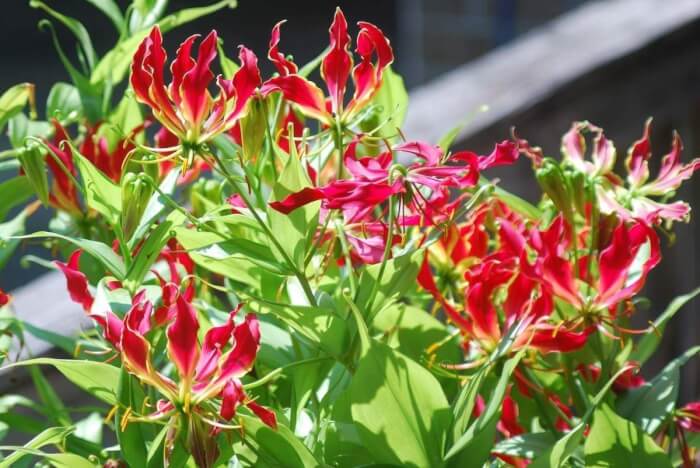
Flame Lily is one of the most dangerous flowers you could have around pets. Every part of the plant is toxic, and ingestion can lead to bloody vomiting, diarrhea, paralysis, or even death.
Historically, it has been associated with poisoning incidents, showing just how powerful its toxins are. Dogs and cats are both at risk if they chew its leaves or flowers.
While stunning in appearance, this plant should never be within reach of animals. If you grow it, keep it in restricted outdoor spaces or avoid it altogether.
#6 Desert Rose
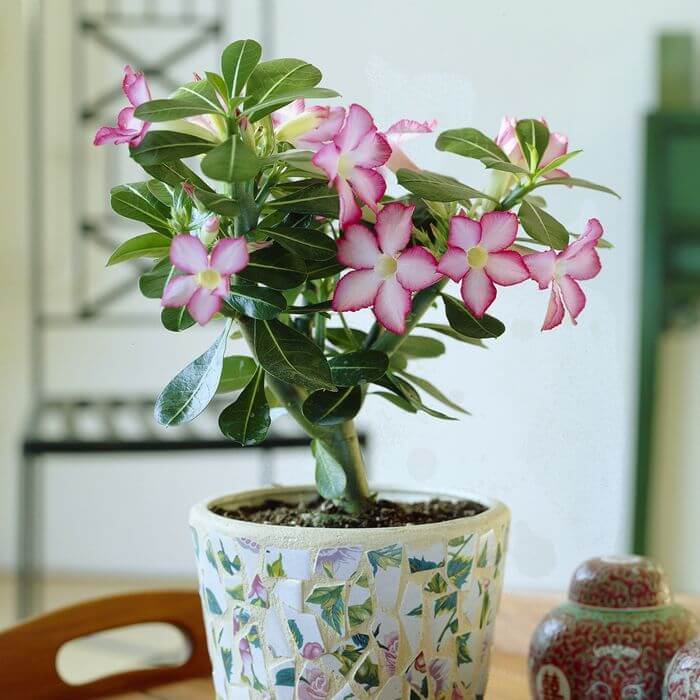
Desert Rose is a beautiful succulent, but it contains cardiac glycosides that can harm pets. Eating parts of the plant may cause vomiting, diarrhea, and loss of appetite.
In more serious cases, pets may suffer from irregular heartbeats, depression, or sudden death. Because the plant is often displayed indoors in bright containers, it is important to keep it well out of reach of pets.
If you want a safe alternative, choose non-toxic succulents like echeveria. Always prioritize pet safety when decorating with plants.
#7 Calla Lily
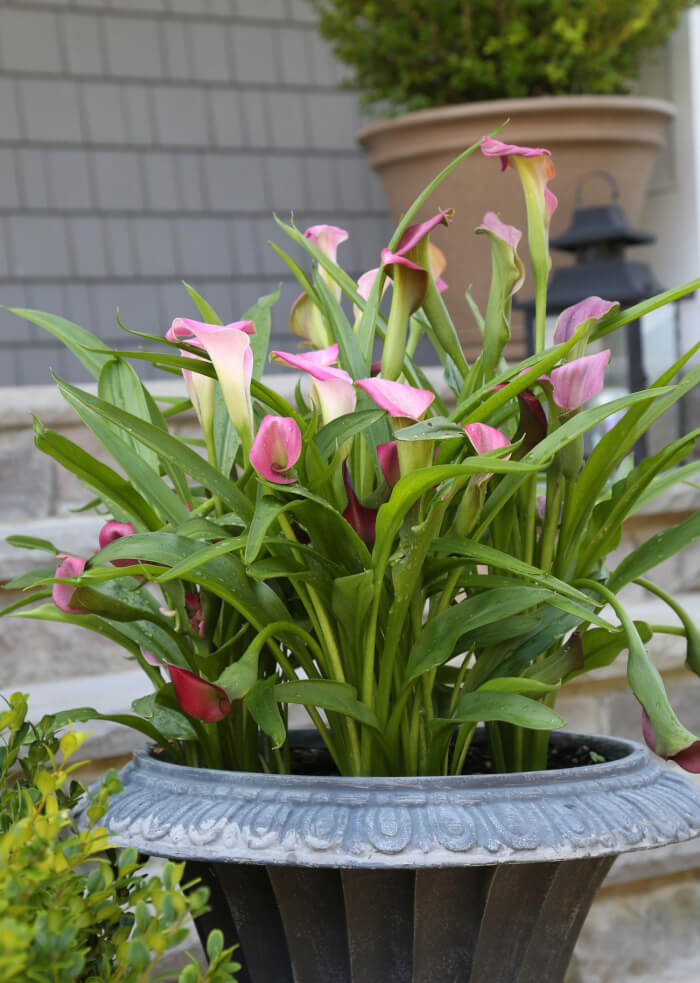
Calla Lilies are elegant flowers, but they are toxic to cats and dogs. Chewing the plant releases calcium oxalates, which irritate the mouth, lips, and tongue.
Pets often show signs immediately, such as drooling, pawing at the mouth, and refusing food. Stomach upset and diarrhea may follow if more is ingested.
While calla lilies add sophistication to any space, keep them far from curious animals. Opt for faux versions if you want the look without the risk.
#8 Flamingo Flower
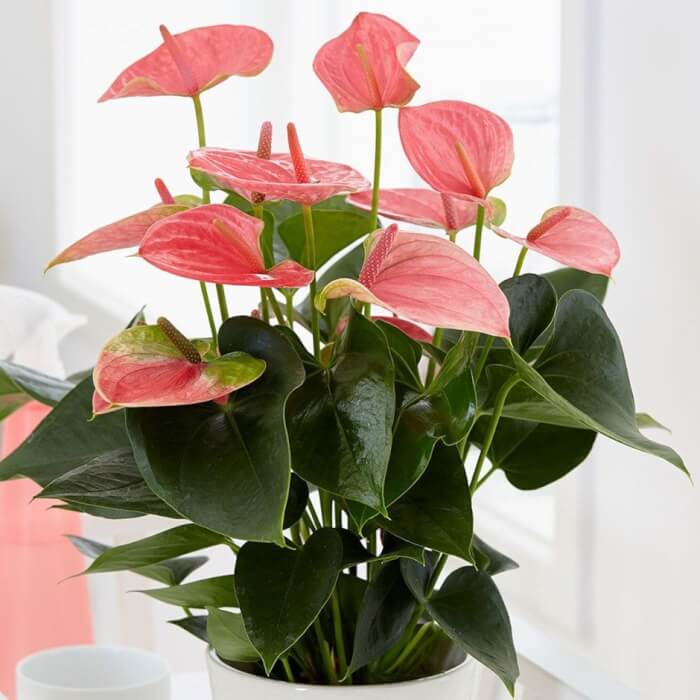
Flamingo Flower, also called Anthurium, contains calcium oxalates that are harmful when ingested. Pets may experience burning in the mouth, drooling, and difficulty swallowing.
The bright red spathes and glossy leaves are attractive to cats, who may paw or chew at them. Because symptoms appear quickly, you’ll likely notice discomfort soon after ingestion.
If you enjoy its tropical style, grow Flamingo Flower on tall shelves or in rooms your pets cannot access. Always monitor pets if they share living spaces with toxic plants.
#9 Gardenia

Gardenia is loved for its fragrance, but it can upset your pet’s stomach. Ingesting the leaves or flowers may lead to vomiting, diarrhea, and overall discomfort.
While symptoms are typically mild, they can still distress your pets and require monitoring. Dogs are especially prone to chewing on fragrant plants, so this one should be handled with care.
If you choose to grow Gardenia, consider keeping it outdoors or in areas that pets cannot enter. Its scent is delightful, but safety comes first.
#10 Geranium
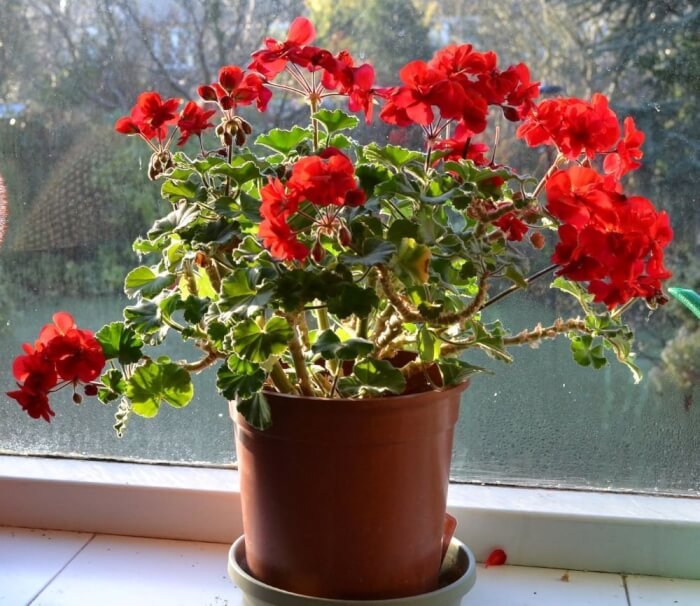
Geraniums are common in gardens and patios, but are not safe for cats or dogs. The plant contains compounds that can cause mild gastrointestinal upset, vomiting, or loss of appetite.
In some pets, skin contact may even result in dermatitis. Because they are so widely planted, it’s easy for pets to come across them outdoors.
If you have geraniums, monitor your pets closely and discourage chewing or contact. For indoor containers, place them in sunny spots out of reach.
#11 Peace Lily
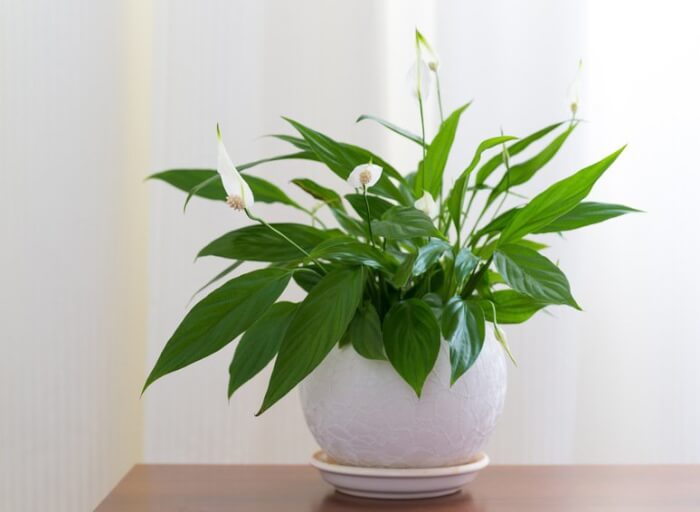
Peace Lily is a popular houseplant, but its beauty comes with risks for pets. Chewing the leaves can cause burning in the mouth, drooling, and difficulty swallowing due to calcium oxalates.
Cats and dogs may also experience vomiting if larger amounts are consumed. While not usually fatal, the discomfort can be severe and require vet care.
Because Peace Lilies are often displayed indoors, keep them in closed rooms or high places. This ensures pets stay safe while you enjoy their tropical elegance.
#12 Oleander
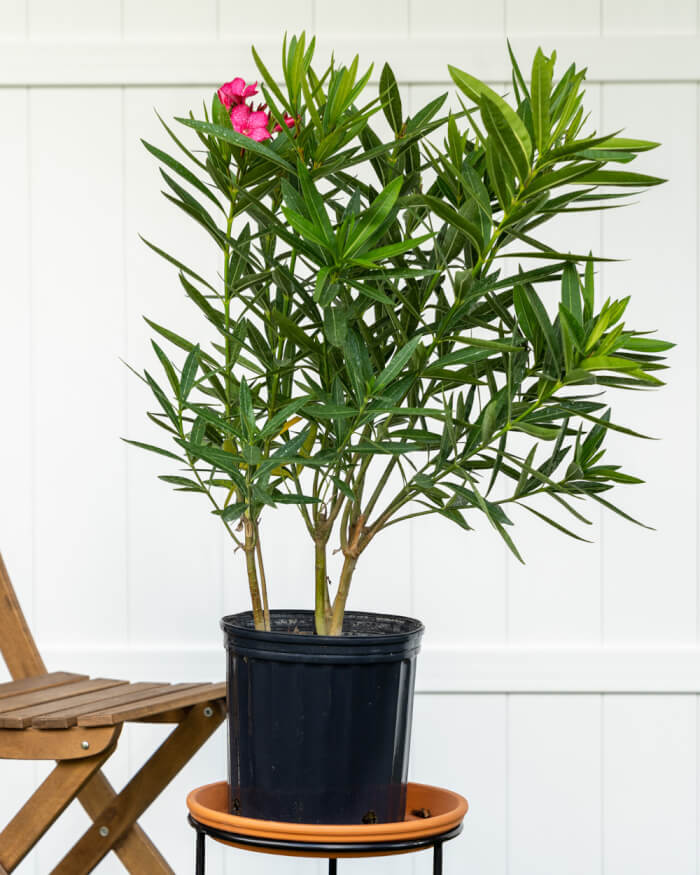
Oleander is one of the most toxic flowers for pets and should be avoided altogether. All parts of the plant contain cardiac glycosides that interfere with heart function.
Symptoms include vomiting, diarrhea, tremors, difficulty breathing, and even death in severe cases. Even a small amount can be dangerous to cats and dogs.
If you live in an area where oleander grows outdoors, keep pets away from the plants. Consider replacing them with non-toxic flowering shrubs.
#13 Amaryllis
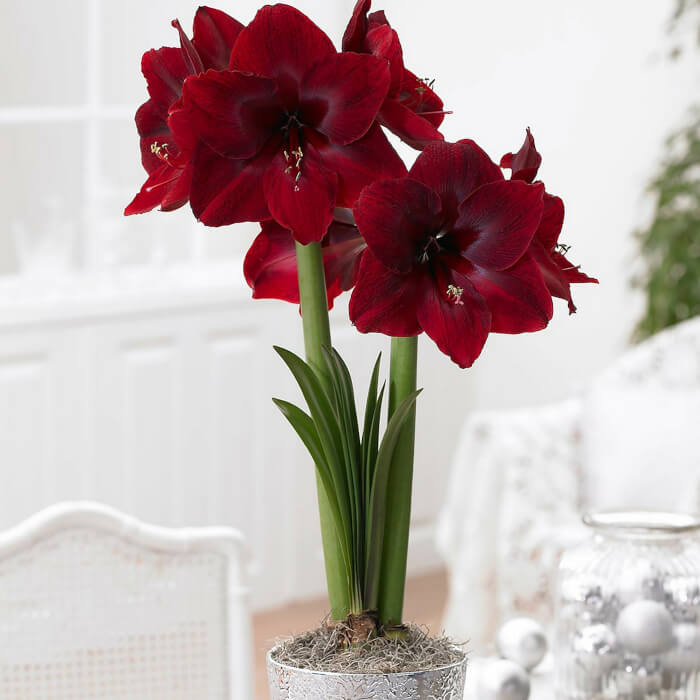
Amaryllis is a festive favorite, especially during the holidays, but it is poisonous to pets. Eating any part of the plant may cause drooling, abdominal pain, vomiting, and loss of appetite.
Some pets also become depressed or weak after ingestion. The bulbs are especially toxic, so be careful when planting or storing them indoors.
Keep potted Amaryllis out of reach of curious cats and dogs. If you want holiday color without the risks, opt for safe alternatives like Christmas cactus.
